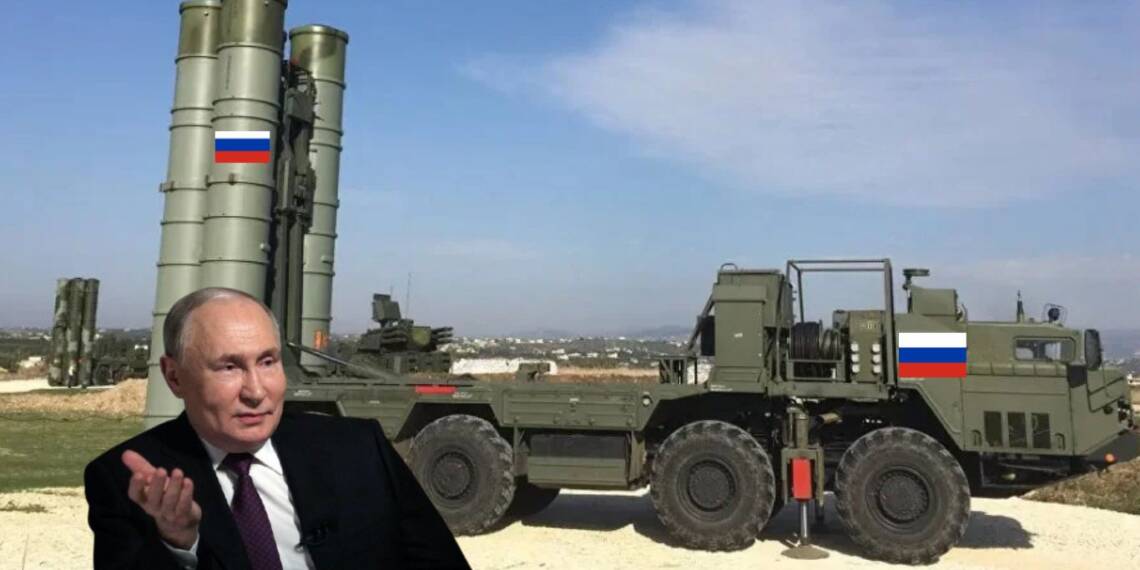Russian President Vladimir Putin has called for an urgent boost in the country’s weapons exports, saying that Russian-made arms are proving highly effective on the battlefield and are in growing demand worldwide. In a nationally televised address on Friday, Putin said Russia must strengthen its position in the global arms market while also expanding support for its military-industrial complex.
Russian Defence Sector Shown Resilience during War
The Russian President stressed that the defence sector has shown resilience under pressure, especially since the full-scale invasion of Ukraine began in February 2022. During this time, Russia’s defence industry has been focused on producing a wide range of weapons to support its military operations. These include missiles, drones, artillery shells, and refurbished Soviet-era tanks and vehicles.
Despite these efforts, the country has faced difficulties due to tightening Western sanctions, which have targeted key industrial components and financial systems. Putin acknowledged that some shortages remain, particularly in areas like unmanned aerial vehicles (UAVs). Still, he emphasized that Russian weapons are proving their worth in “real combat conditions” rather than just in testing environments.
“Nearly the entire range of Russian military products—from radar systems and UAVs to armoured vehicles—is showing effectiveness in combat,” Putin said. “This is driving growing interest in our weapons around the world.”
The SIPRI Report
According to data from the Stockholm International Peace Research Institute (SIPRI), Russia’s share of the global arms market has fallen sharply. Between 2020 and 2024, Russian arms exports accounted for only 7.8% of the global total, down from 21% in the previous four-year period. Analysts attribute this decline to Western sanctions and increased domestic demand due to the ongoing war in Ukraine.
Despite the drop, Putin said the export order book for Russian weapons remains strong, worth “tens of billions of dollars.” Major buyers of Russian arms include India, China, and Egypt.
Future Looks Bright
The world has also seen how Russia’s made defence system proved effective during the four-day conflict between India and Pakistan. Where Indian forces were not effectively neutralised, Pakistani aerial attacks by using S-400, and also used jointly developed BrahMos Cruise missiles to target Pakistani airbases.
Putin stressed the need to “actively increase the volume of export deliveries” to maintain Russia’s influence in the global arms trade. He also highlighted the growing importance of cutting-edge technologies like Artificial Intelligence (AI) in modern warfare.
“The future of the global arms market lies with such technology,” he said. “Strong competition will unfold here, and is already unfolding, for which we must be prepared.”
The Russian President also called for greater government support for the country’s defence sector to unlock its full potential. “Our military-industrial complex needs additional backing from the state to keep developing and competing internationally,” he said.
While the war in Ukraine has put significant pressure on Russia’s defence industry, the Kremlin views this as an opportunity to showcase the reliability and strength of its weapons. Western and Ukrainian officials have admitted that Russia has managed to ramp up military production better than initially expected, though sanctions continue to limit its access to key components.
With battlefield performance now serving as a global marketing tool, Putin appears determined to restore Russia’s declining arms exports and solidify its place in a fast-evolving global arms race driven by AI and modern warfare technology.








